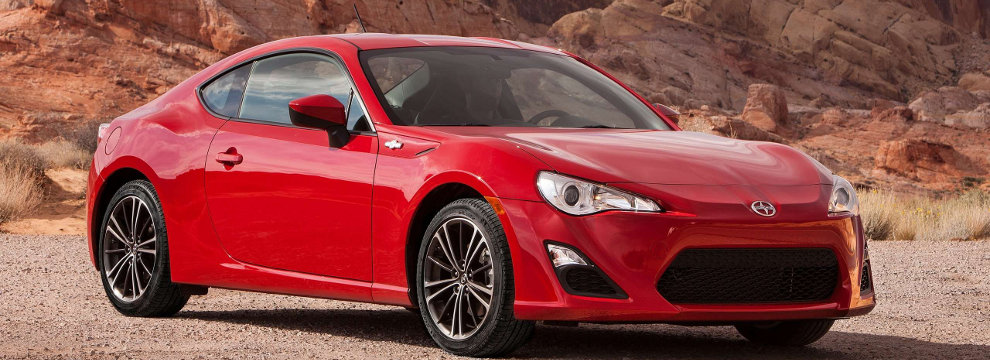
Care Car - Check Oil and Coolant
It's always good to check fluids in your vehicle so that you can be sure all of them are in good condition and are at the proper levels.
Basic fluids to check on your car, van, truck or SUV are your engine oil and coolant.
You can check the oil level using the dipstick. The dipstick, which provides access to the oil in the oil pan, extends into this area through a metal tube.
Check the oil before driving your vehicle, or five minutes after turning off the engine. Locate the dipstick underneath your hood. Pull out the dipstick and wipe off the oil on it with a rag or paper towel. Reinsert the dipstick into the metal tube, and push it all the way down so the top of the stick makes contact with the top of the tube. Pull it out again. The oil that is now on the dipstick should be between the minimum (MIN) and maximum (MAX) lines on the dipstick.
Do not let the oil level fall below the minimum mark on the dipstick, or your engine may not receive enough oil. Conversely, do not fill the oil so that it reads above the MAX line. This may cause excessive oil consumption, oil leaks, fouled spark plugs, or oil seal failures.
It takes one quart of oil to bring the oil level up to the MAX mark. Adding one quart will therefore provide the maximum amount of oil you want in your engine. To add oil, locate the oil-fill cap. Remove the cap. After adding oil, wait a few minutes for the oil to percolate down into the oil pan, then pull out the dipstick and check the level. After you have adding the desired amount of oil, hand tighten the oil-fill cap snugly.
Consistently low oil level readings can indicate a number of problems. These include damaged oil seals, defective gaskets, worn piston rings, or bad valve guides. If the oil has water droplets in it or has a milky color, this means water and coolant is getting into the oil lines, which probably means a leaking cylinder head gasket, cracked cylinder head or cracked engine block. Have a professional check your engine for damage if you find water in your oil. If you find dirt or metal particles in your oil when checking it, you should change the oil.
It's also good to monitor the coolant level in your radiator. (Caution: coolant/anti-freeze is a poisonous substance. Do not allow this liquid to come in contact with your skin, mouth, eyes or any other body opening. Follow medical procedures on container if this should occur. Take any used anti-freeze/coolant to a regulated disposal site.)
Nearly all vehicles today are equipped with a pressurized coolant recovery system. Part of this system is a plastic coolant expansion tank. It is usually located near the front of the engine compartment and is connected to the radiator with a hose. You can monitor the coolant level by observing the coolant level in the expansion tank. (Warning: do not remove either the expansion tank cap or the actual radiator cap when the engine is hot. Doing so can result in burns from the hot coolant/water mixture and/or steam.) Check the coolant level when your engine is completely cool. If the level is below the "cold" mark, add enough 50/50 coolant/water mixture to bring the level up to the cold mark. Consistent below-cold level readings indicate the system has a leak. Potential leak areas include the water pump, radiator hoses, filler cap, or drain plug.











